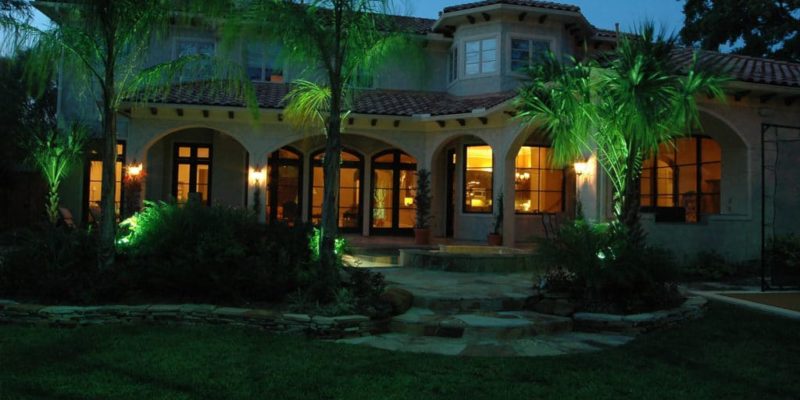Do Houston LED Lights Attract Bugs? What You Need To Know
Part 1
Bugs are a common sight around outdoor light bulbs at night. One of the reasons for this is because bugs are attracted to light sources. What exactly draws bugs to lights is a mystery yet to be solved. Most people, however, use all manner of methods and solutions, ranging from bug zappers, citronella, and bug spray, to keep the bugs out but to no avail. Surprisingly, LED lights seem to attract fewer bugs than incandescent lights, hence the perfect remedy for keeping your outdoor area free of bugs. While it may not eliminate all bugs completely, switching to LED outdoor lighting might keep most of them away.
Many scientists have been trying to unravel the relationship between bugs and light sources, leading to one conclusion. Bugs are incredibly responsive to short wavelengths of visible and Ultraviolet light. They are thus attracted to light wavelengths of less than 550 nanometers. Light wavelengths within this spectrum include green, blue, and ultraviolet colors. These wavelengths are not only present in incandescent lights, but the moon and sun as well. This explains why bugs surface when the moon is up. In addition to this, some bugs, especially mosquitos, are attracted to heat sources as well. They are equipped with thermal receptors that help detect and follow heat sources. These revelations have helped scientists get an idea of why bugs flock to some light sources and not all.
Light Wavelengths & Color Temperature
As mentioned earlier, bugs are attracted to and can see UV, green, and blue light (shorter wavelengths) as compared to longer wavelengths (red, orange, and yellow). It is for this reason that bugs are attracted to light sources that emit such types of lights, including incandescent, halogen, compact fluorescent, and high-intensity discharge lights. These light bulbs emit an intense UV light that attracts all manner of bugs. LED bulbs, on the other hand, produce very little to no UV light, making them invisible to bugs. Some types of LEDs might, however, have short-wavelength lights, hence could attract bugs as well. It would thus be advisable to shop for LED bulbs emitting wavelengths of 550 nanometers and more. An excellent example of these, are LED bulbs manufactured to produce yellow, ultra-warm white, and warm white light.
LED manufacturers do not list wavelengths that an LED bulb can produce (nanometers), but rather list it as CCT (Correlated Color Temperature) or Kelvin (K). LED bulbs listed with less than 3600K thus emit warm light not visible to bugs. LED bulbs with a CCT of over 3600k, however, produce relaxed or natural white lite, hence known to attract lots of insects and bugs.
If you would like to discover more tips and tricks from Robert Huff Illuminations; visit our blog. Call or contact us today if you need a professional lighting designer for your outdoor lighting design. Please click here for the rest of this article.

